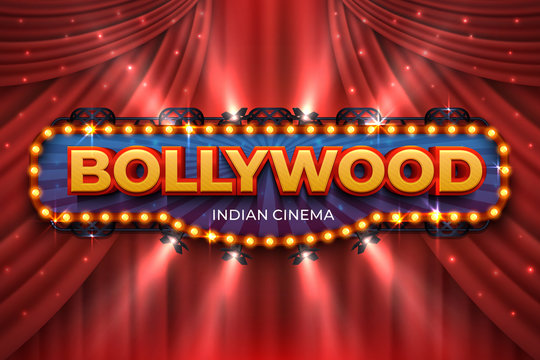The world of
indian movies is a vibrant tapestry woven with tales of drama, romance, action, and culture. From the silent era to the digital age, Indian cinema has undergone a remarkable transformation, reflecting societal changes, technological advancements, and artistic innovations. This article takes you on a journey through the evolution of Indian cinema, highlighting key milestones and influential figures that shaped the industry.
The Birth of Indian Cinema
The Silent Era (1913-1931)
The history of
Indian movies began in 1913 with the release of
Raja Harishchandra, directed by Dadasaheb Phalke. This silent film marked the inception of Indian filmmaking and set the stage for future productions. The silent era was characterized by the absence of synchronized sound, relying instead on visual storytelling and intertitles.
Phalke’s pioneering efforts inspired many filmmakers, leading to the creation of notable silent films such as
Alauddin (1920) and
Shiraz (1921). These films showcased the richness of Indian culture and mythology, establishing a foundation for the industry.
The Talkies Revolution (1931-1950)
The introduction of sound in cinema revolutionized the Indian film industry. The first Indian talkie,
Alam Ara (1931), directed by Ardeshir Irani, captivated audiences with its songs and dialogues. This innovation gave rise to a new era in
Hindi movies, as filmmakers began to explore diverse genres, including musicals, dramas, and comedies.
The 1940s and 1950s saw the emergence of legendary filmmakers like Raj Kapoor, Satyajit Ray, and Mehboob Khan, who contributed significantly to Indian cinema. Ray’s
Pather Panchali (1955) is particularly noteworthy for its artistic brilliance and poignant storytelling, marking the beginning of the Indian Parallel Cinema movement.
The Golden Age of Indian Cinema
The 1950s and 1960s: A Cinematic Renaissance
The period from the late 1950s to the 1970s is often regarded as the golden age of
Indian movies. Filmmakers experimented with new narratives, themes, and visual styles, resulting in timeless classics.
Raj Kapoor became an icon during this era with films like
Shree 420 (1955) and
Awara (1951), which combined romance and social commentary. Meanwhile,
Satyajit Ray and
Ritwik Ghatak explored the complexities of human emotions and societal issues through their films, elevating Indian cinema to international acclaim.
The Rise of Bollywood (1970s-1990s)
The 1970s marked the rise of Bollywood, characterized by a shift towards commercial cinema. The industry embraced larger-than-life narratives, colorful song-and-dance sequences, and star power. This period saw the emergence of legendary actors like Amitabh Bachchan, whose performances in films like
Sholay (1975) and
Deewar (1975) became iconic.
The late 1980s and early 1990s witnessed the introduction of romantic dramas and family-centric films, with movies like
Dilwale Dulhania Le Jayenge (1995) achieving massive success and redefining Bollywood romance.
The Contemporary Era
The 2000s: Globalization and Diversification
The turn of the millennium brought significant changes to the Indian film landscape. The advent of technology and globalization allowed filmmakers to experiment with various genres, including thrillers, horror, and experimental cinema.
The success of films like
Lagaan (2001) and
Dil Chahta Hai (2001) showcased a shift in storytelling, focusing on contemporary issues and relatable characters. Additionally, the rise of multiplexes enabled diverse films to reach wider audiences, paving the way for regional cinema and independent filmmakers.
The Digital Age (2010-Present)
Today,
Hindi movies and regional films are more accessible than ever, thanks to digital platforms. Streaming services like Netflix and Amazon Prime Video have become major players, providing a platform for both mainstream and indie films.
Filmmakers are now able to tell unique stories without the constraints of traditional box office expectations. Movies like
Gully Boy (2019) and
Article 15 (2019) tackle social issues while appealing to a global audience, reflecting the evolving narrative style of Indian cinema.
Conclusion: The Future of Indian Cinema
The journey of
Indian movies has been one of resilience, creativity, and evolution. From the silent films of the early 1900s to the contemporary digital landscape, Indian cinema continues to thrive, reflecting the nation’s diverse culture and stories. As filmmakers embrace new technologies and innovative storytelling techniques, the future of Indian cinema holds endless possibilities.
At
BW Cinema, we celebrate this rich history and the exciting future of Indian movies, bringing you the latest news, reviews, and insights from the world of cinema. Join us as we continue to explore the magic of storytelling through film!

